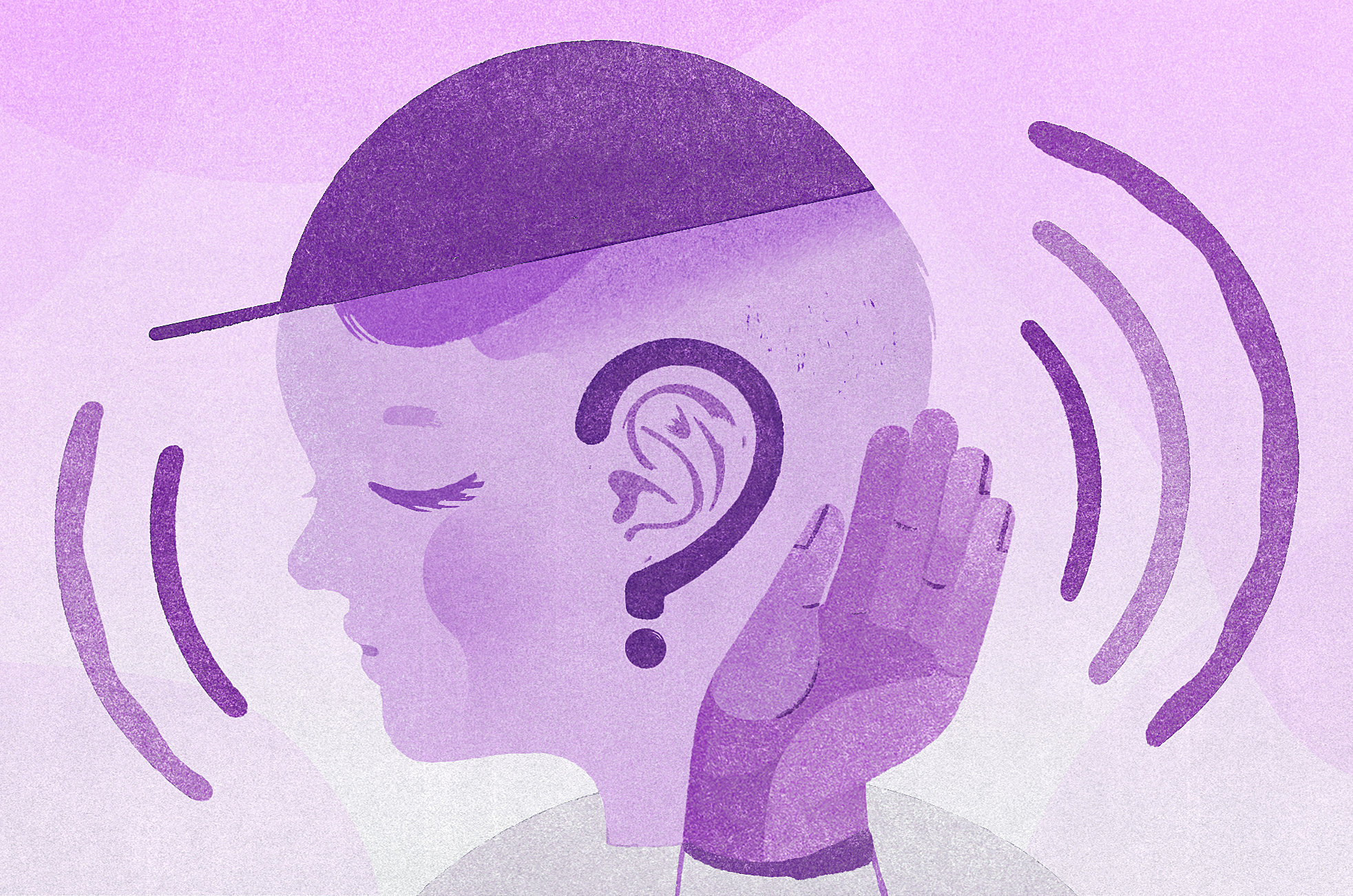Understanding The Deaf Culture

Did you know that the lowercase "deaf" and the uppercase "Deaf" are different? well, the lowercase deaf refers to the physical condition of hearing loss while the Deaf with uppercase "D"refers to a particular group of deaf people who share a language.
People who identify as deaf with a lowercase 'd' don't always have a strong connection to the deaf community and don't use sign language.
Deaf persons on the other hand always refer to themselves as members of the Deaf community and attribute to Deaf culture.
The characteristics of the "Deaf" community are formed out of many shared life experiences rooted in a visual world designed for communication ease, hence referred to as Deaf Culture.
Below is a list of Values, behaviors, and traditions that make up the Deaf culture
Sign language is valued and used in different settings such as educational, public offices, and health centers.
A high degree of networking and deep connections among the Deaf.
The use of technology to overcome traditional communication barriers.
Cultural traditions are maintained through social activities including athletic events, Deaf clubs, organizational involvement, and school reunions.
Promoting Deaf culture through art forms such as painting, drawing, film, folklore, literature, storytelling, and poetry.
There are specific communication norms and behaviors such as consistent eye contact and visual attention during conversations.
Communication relies on eyesight, including the use of visual language, which then influences the configuration of an environment.
There is the use of visual strategies to gain a person’s attention, such as the following:
Gently tapping a person on the shoulder
Waving at the person within his or her line of sight
Flicking a light switch
It is offensive to the Deaf when terms such as hearing impaired, deaf-mute, deaf and dumb, and hearing deficient are used by the society or media, therefore, stay out of trouble.
Tags: Deaf Signstv Deaf Culture
Related
Share this article
Experienced and versatile writer, dedicated to using my exceptional writing and editing skills to inform and advocate. My work focuses on educating and entertaining readers on a range of topics, with a particular expertise in matters of disability.
View articles

